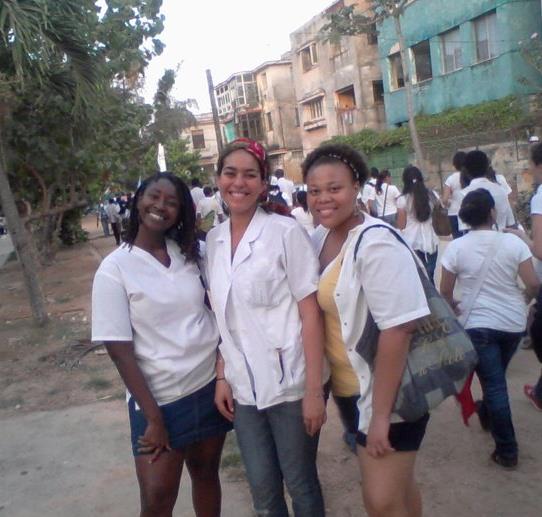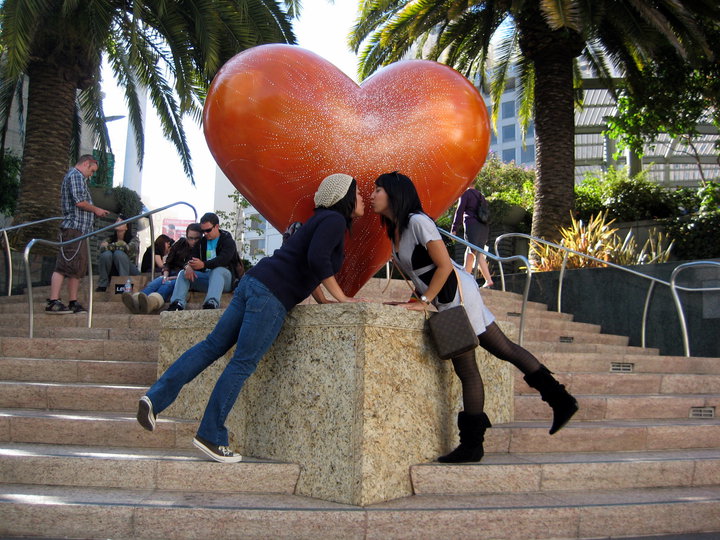By SOPHIA SELASSIE
EL NUEVO SOL—SALUD
Huntington Park native, Vanessa Ávila, 27, always dreamed of being a doctor. However, with an average price tag of well over $100,000, a medical school education seemed like a daunting debt. More so, with the price of MCAT prep courses, and application fees, even simply applying seemed out of her reach. That all changed when she learned about a revolutionary new medical school in Cuba. The Latin American School of Medicine, better known as ELAM, offers full scholarships to aspiring young doctors from around the world, including the United States. The only caveat is they must come from low-income backgrounds and practice medicine in their own communities after they graduate.
Many of the 10,000 students from 28 different countries are drawn to ELAM because of the full scholarship, which covers: six years of tuition, room and board, books, and uniforms. Nonetheless, there is more to the puzzle than simple economics. For Ávila, it was the opportunity to learn medicine in a country that does things very differently than the U.S. She was interested in the Cuban approach to medicine focused on universal coverage, preventive care and a holistic approach to patient treatment.
“They really focus on the individual and, not just telling them this is what you need to do, but actually helping them understand why they need to make these lifestyle changes to improve their health,” Ávila said. “Doctors spend more time getting to know their patients and their communities by making home visits.”
Ávila is not only learning about medicine, but also about the Cuban people. She is amazed by their creativity, resourcefulness and resiliency. The spirit of solidarity they have shown her is another thing she will bring back to the U.S. with her; a result that the Cuban government is undoubtedly pleased with. The U.S. and Cuba have strained relations dating back, before the 1962 embargo, that cut ties between the two nations. While in the U.S., legislature is working to ease travel restrictions, Cuba is creating a cultural exchange through its scholarship program. American students get the chance to get an up-close and personal look at Cuban culture. These are experiences that they will most likely share with others, and that might change Cuba’s image in the U.S.
Cuba’s health model appears to be working very well for them. Despite being one of the poorest countries in Latin America, with a per capita income of less than $5,400 a year, Cuba boasts health indicators that rival wealthy nations. According to the World Health Organization, Cuba has higher life expectancy and lower infant mortality rates than U.S.
Ávila watches daily Cuban medical professionals stretch their resources in order to help everyone, she says. This is a major contrast from the U.S., where, according to Ávila, resources are abundant, yet some of the most vulnerable individuals go without health care. She hopes to use what she has learned at ELAM to help those underserved people in her own community. As a primary care doctor in Huntington Park, she will offer culture competent care and introduce Havana-style health care wherever she can.

Vanessa Ávila, center, and two classmates at ELAM.
Tags: aboard studies cost of education Cuba Cuban medicine education aboard Sophia Selassie











